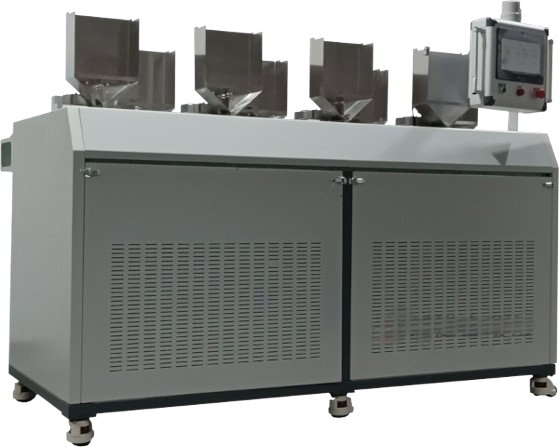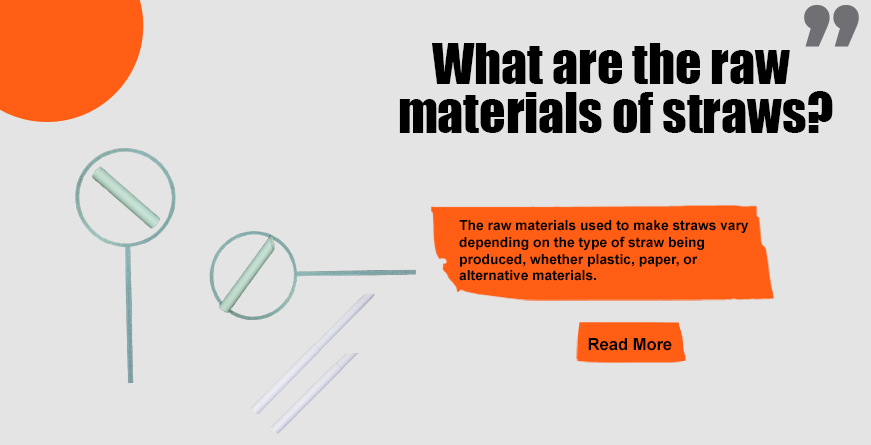
Paper straws are an eco-friendly alternative to plastic straws, and their manufacturing process involves several key steps to create a durable, biodegradable product. Below is an overview of the process used to make paper straws.
Step 1: Material Selection
The process begins with selecting the right type of paper. The most commonly used paper for straws is food-grade paper, which is typically sourced from renewable, sustainable resources like wood pulp. The paper is often coated with a thin layer of wax or plant-based material to provide water resistance without compromising biodegradability.
Step 2: Printing and Cutting
Once the paper is sourced, it is printed with various patterns or branding designs. After printing, the paper is cut into long strips of the desired width, which will form the individual straws. The strips are typically about 2-3 inches wide, depending on the size of the straw.


Step 3: Rolling and Shaping
The next step involves rolling the paper strips around a metal or plastic mandrel (a rod) to form the straw’s cylindrical shape. The edges of the paper are then sealed together, usually with a food-safe adhesive. This ensures the paper stays tightly wound during use. The mandrel also helps form the straw’s structure and prevents it from collapsing.
Step 4: Cutting to Length
After the paper is rolled and sealed, the long paper tubes are cut to the appropriate length, which is typically between 6 to 10 inches, depending on the intended use. The cut straws are then checked for quality and consistency.
Step 5: Packaging and Inspection
Finally, the finished paper straws are inspected for any defects and tested for strength and durability. The straws are then packaged and prepared for distribution to retailers or customers.
In summary, paper straws are manufactured through a series of steps involving material selection, printing, cutting, rolling, sealing, and packaging, resulting in an eco-friendly and functional alternative to plastic straws.


